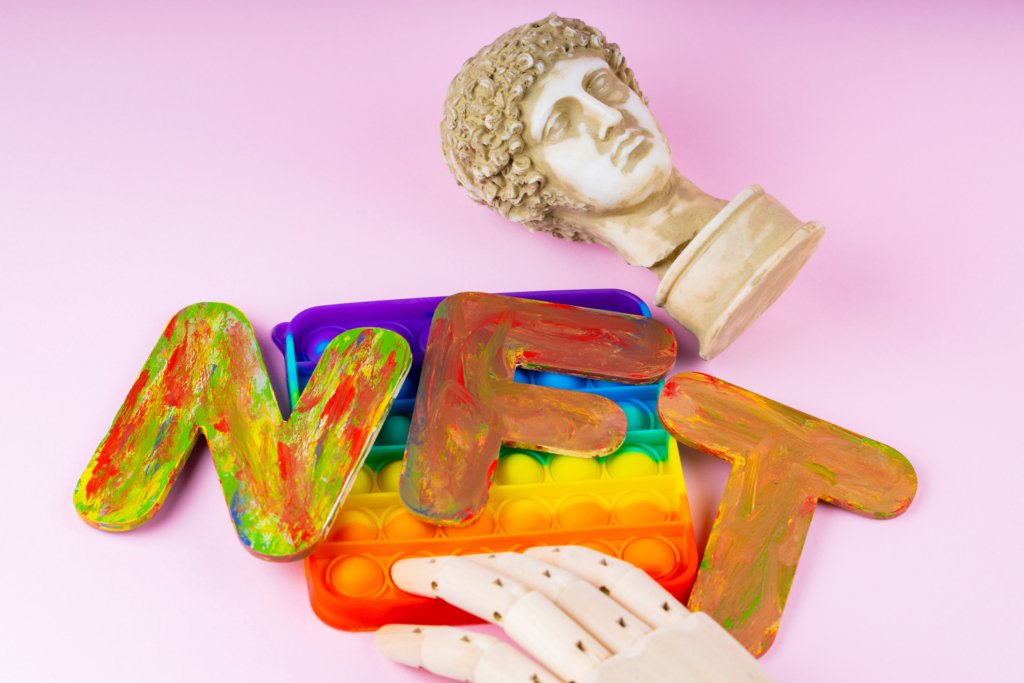How much do you know about crypto mining malware?

You’ve probably heard about malware designed to steal peoples’ crypto coins and other digital assets, but what about crypto mining malware? This type of virus is used in crypto malware attacks that steal someone’s CPU power – not their money or data. The hackers then use this power to mine cryptocurrency. Learn how crypto mining malware works and how to protect yourself from crypto malware attacks in this post.
4 facts about crypto-backed lending

Crypto-backed lending is one of the most popular sectors within DeFi, and it’s disrupting the traditional lending industry. If you’re interested in learning more about crypto loans, check out these 4 quick facts about how big the crypto lending industry is and where it’s headed in the future.
Central banks buying into crypto with their own digital currencies

Central banks around the world are testing their own digital currencies to optimize international payouts. Even though these would be government coins, the news could have a much larger impact on the future of crypto as a whole.
Intro to the metaverse (Part 6 of 7): Morality in the metaverse

How should we think about crime and punishment in virtual worlds? In the latest Decentral blog, we examine morality in the metaverse as part of our ongoing metaverse series. Some kind of ethical framework has to be determined for the metaverse to be successful.
Should you store NFTs in a hardware wallet?

Wondering if you can store NFTs in a hardware wallet? You can! Learning how to transfer your NFTs to a cold wallet is a great step to protect your NFT investments from getting stolen or hacked. Using a hardware wallet with your NFTs requires a third-party platform like MetaMask or Coinbase Wallet. Check out how the process works in this quick guide!
3 signs it’s time to sell your NFTs

Of course, these aren’t hard and fast rules – every situation is unique. But if you’re feeling uneasy about your NFT investment, it might be time to consider selling. Here are some signs you should consider.
Narratives driving crypto (Part 7 of 7): play-to-earn

The narratives driving crypto shape how people choose to participate and invest in the ecosystem. In this blog series, we’ve gone through five of the major stories being told in the crypto world and how to make plays capitalizing on them. This last part in the series reveals how play-to-earn is a major story in the crypto world as well as the gaming world. Its impact will not go unnoticed in multiple industries!
Who is Satoshi Nakamoto?

Ever since Bitcoin came on the scene, people have been speculating about the identity of Satoshi Nakamoto. To this day, no one really knows who he/she/they could have been. Was it a person? An organization? It’s hard to tell. But there are bread crumbs. Here are all the reasons pointing to the possibility that Nakamoto was a woman.
Are stablecoins symbolic of progress?

The idea that recreating the mechanisms of central banking on a blockchain and calling them low-risk stablecoins is hilarious. What are some of the reasons people argue in favor of stablecoins and are those arguments valid? Or, on the other hand, are stablecoins drawing regulation and creating barriers to progress? Here’s what you need to know about the future of stablecoins.
How to explain crypto (Part 7 of 7)

Crypto can be a complex subject! To make things easier, check out this guide on how to explain crypto spending to your parents – or anyone who doesn’t understand it. We’ll cover why anyone would choose to spend digital assets, where it can be spent, what you can get with it, and the different ways people spend crypto.


